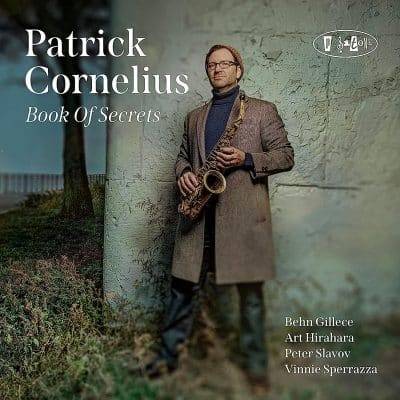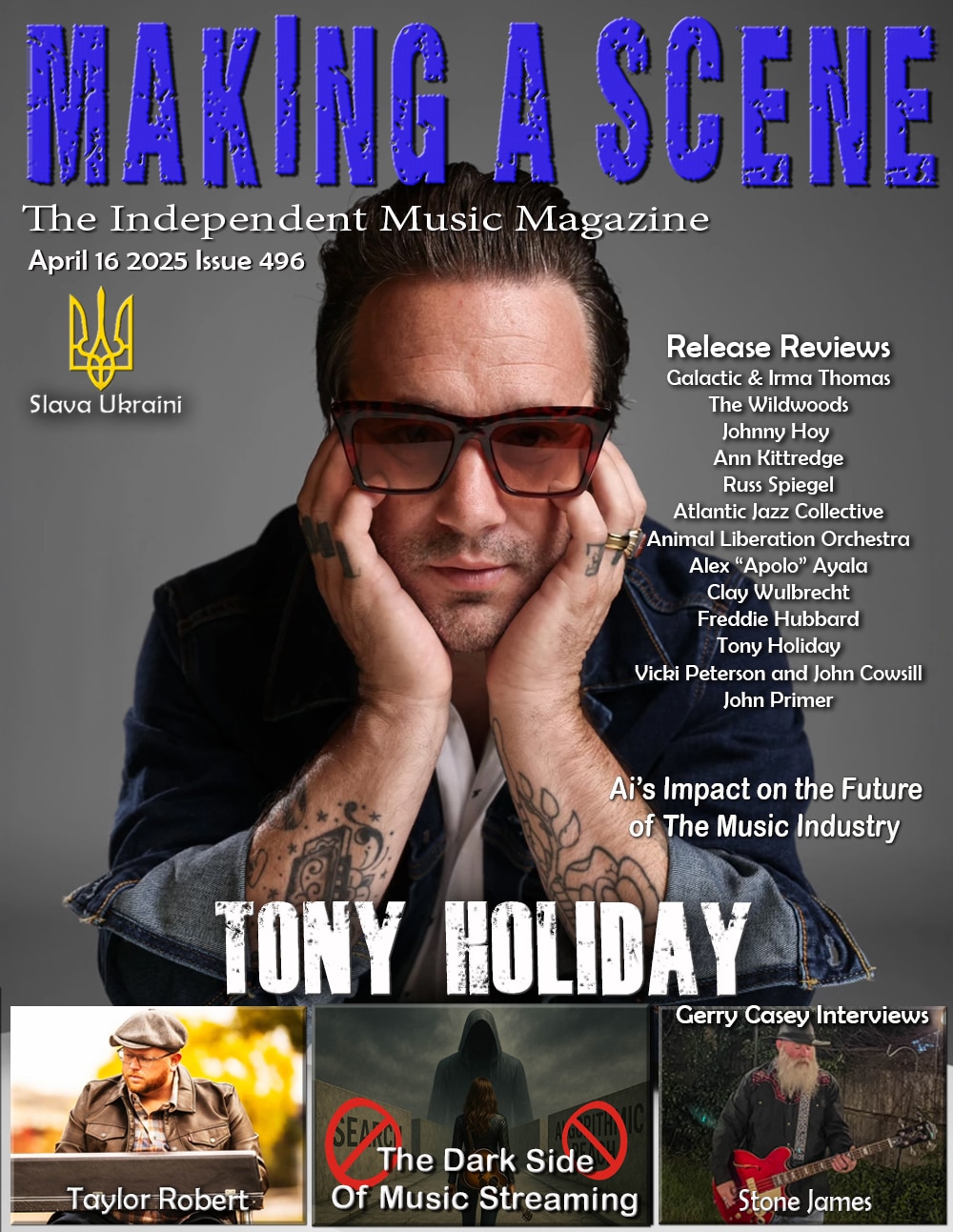Patrick Cornelius Book of Secrets
 Patrick Cornelius
Patrick Cornelius
Book of Secrets
Posi-Tone
Multi-reedist and composer Patrick Cornelius didn’t intend to originally make Book of Secrets using his arsenal of alto and soprano saxophones, alto flute, and clarinet, thinking that he’d just play the soprano saxophone. Producer Marc Free suggested the variety and the results have yielded arguably the most well-thought out and executed Cornelius album yet on the label. Cornelius approached the project as a concept album, a loosely defined, abstract story of adventure and discovery, admittedly influenced by such pop albums as Sgt. Peppers Lonely Hearts Club Band, and The Who’s Tommy, among others. Cornelius composed the tunes with particular musicians in mind, most of whom he has a long history with on the label: vibraphonist Behn Gillece, pianist Art Hirahara, and bassist Peter Slavov. Drummer Vinnie Sperrazza is a new collaborator, suggested by Free as well as label mates – tenorist Diego Rivera and trombonist Altin Sencalar who appear on select tracks.
Concept albums, like symphonies, often have an overture which is what Cornelius considers the opening “Archetype,” rich with threads of ‘90s progressive jazz and alternative rock as the leader soars on soprano backed by the core band playing in ensemble mode rather than stringing a series of solos. “Legend Has It” is the essence of outlining the quest in the form of a legend, riddle, or rumor. The bass figure sets the bluesy, dark mood which soon gets more mysterious as Gillece and Hirahara join in with Cornelius again weaving his spell on soprano. This sets the stage for hatching a plan and “If You Can,” one that the composer had fun with as each musician adds something to the previous phase staring with Gillece’s rambling vibes followed by the meandering soprano and Hirahara’s rapid runs – all coming to a brief halt at the bridge before Sperrazza’s drum solo realigns the combo into the original theme. It’s not coincidental that “Lady of the Clouds” has a Joni Mitchell-like title. She inspired the clarinet piece, as Cornelius emits lonely, mournful sounds, almost as if lost and seeking guidance from a higher power. Maybe it’s that aspect of the quest when doubt or futility sets in.
Cornelius shifts to alto on the title track, the idea of finding a book with secret knowledge, or the equivalent of finding the Holy Grail. The sparse piano at the beginning is supposed to hint at the feeling of a Gregorian chant. Gillece’s vibe solo builds excitement with Cornelius playing more vigorously in his next entrance to the vibrant pulse of the rhythm section. He wrote the piece after reading the Song of the Misty Mountains in Tolkien’s The Hobbit, which gave him the idea for the album. Standout “Puzzle Box” is an animated blues as a series of interval permutations of the opening five note figure. In one sense, it sounds a bit like Monk on steroids. Tenorist Diego Rivera threatens to steal the show from Cornelius with his fluid, robust clusters. This will have your head bobbing and toes tapping, as Gillece shimmers on vibes and Hirahara follows suit while Slavov walks a steady, thumping bass.
Cornelius turns to the alto flute on the melancholy ballad “A Wish,” with Gillece brightening the mood while “Ambition” is a hard blues inspired by the likes of Michael Brecker, Kenny Garrett, and Joshua Redman. The opening unison passage is impressive, Cornelius soars on alto, Gillece takes his turn, and Hirahara and Sperrazza in their heated conversation take it to another level. “The Way” was inspired by a clarinet student who remarked about a certain drill that sounded like adventurers exploring underground tunnels. While the clarinet and the piano state the theme, Cornelius sought out more adventurers by inviting Rivera and Sencalar to the journey. This is one of the most colorful pieces on the album due to the three horns and inventive chords from Hirahara and Gillece. The alto flute again appears, rather surprisingly on the most overtly rock influenced piece, “Inner Sanctum.” By now, the quest is nearing completion, the beginning section suggesting scoping out the area until Gillece’s vibes solo connotes drama after which the rhythm section builds to a shout chorus and perhaps a final confrontation or discovery.
“The Glory” is about duality of knowledge and understanding, beautiful and terrible at the same time. Cornelius’ alto solo splits in two parts, the first boundless and light and the second darker, signifying the terrifying aspect of our place in the universe. This complex and animated piece also features a stirring duet between Gillece and Hirahara. “Days End” speaks to resolution and is open to many interpretations. Inspired by Maria Schneider’s “Sky Blue,” Cornelius consciously invokes the sound of Branford Marsalis on his soprano and Hirahara’s piano solo adds a sublime finishing touch to a brilliantly conceived and executed album. This is Cornelius with his career best to date. Join his journey and be transported to seemingly endless beautiful moments and rich tones.
- Jim Hynes
Buy Us a Cup of Coffee!
Join the movement in supporting Making a Scene, the premier independent resource for both emerging musicians and the dedicated fans who champion them.
We showcase this vibrant community that celebrates the raw talent and creative spirit driving the music industry forward. From insightful articles and in-depth interviews to exclusive content and insider tips, Making a Scene empowers artists to thrive and fans to discover their next favorite sound.
Together, let’s amplify the voices of independent musicians and forge unforgettable connections through the power of music
Make a one-time donation
Make a monthly donation
Make a yearly donation
Buy us a cup of Coffee!
Or enter a custom amount
Your contribution is appreciated.
Your contribution is appreciated.
Your contribution is appreciated.
DonateDonate monthlyDonate yearlyYou can donate directly through Paypal!
Subscribe to Our Newsletter
Discover more from Making A Scene!
Subscribe to get the latest posts sent to your email.














































